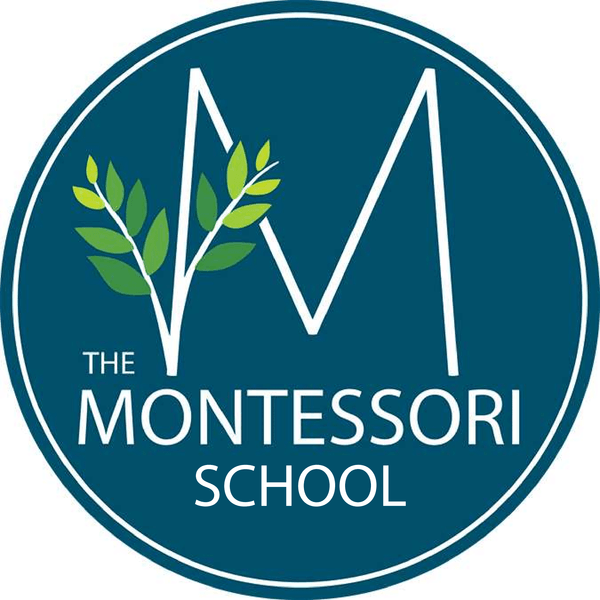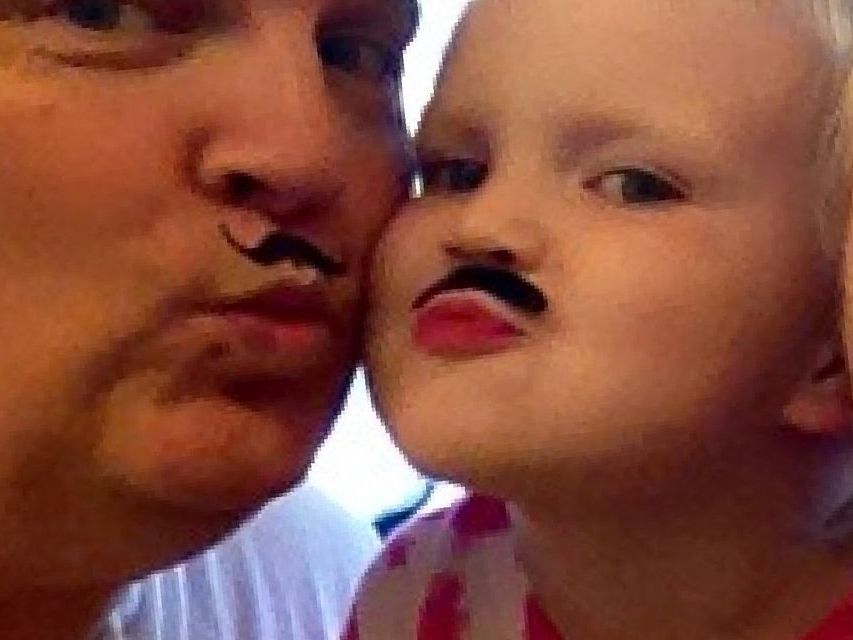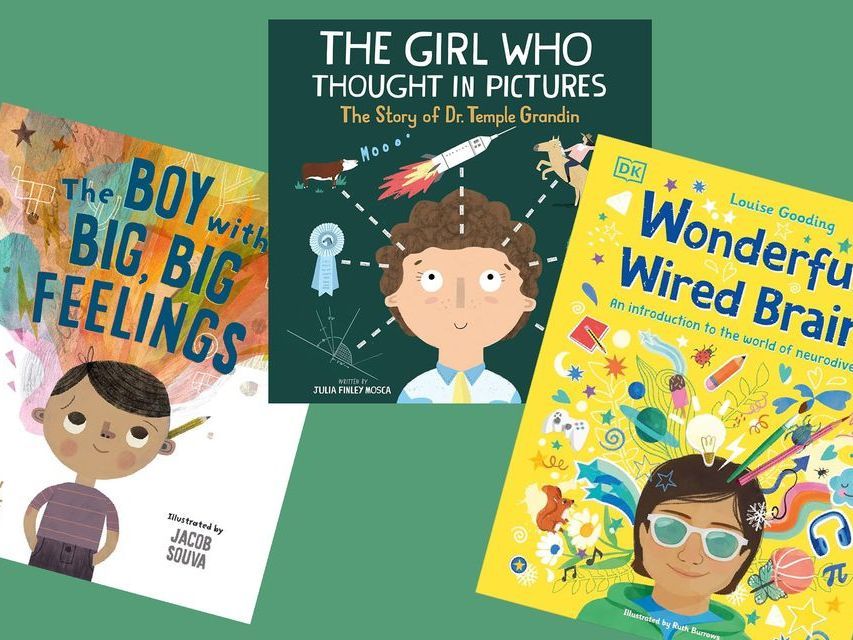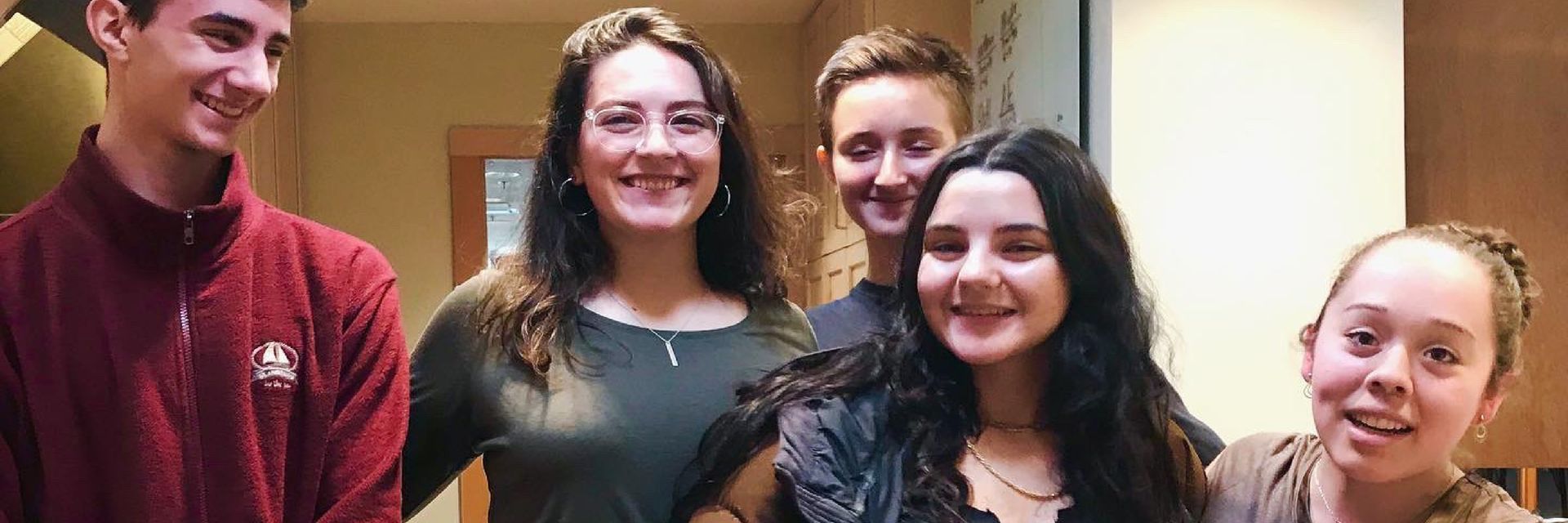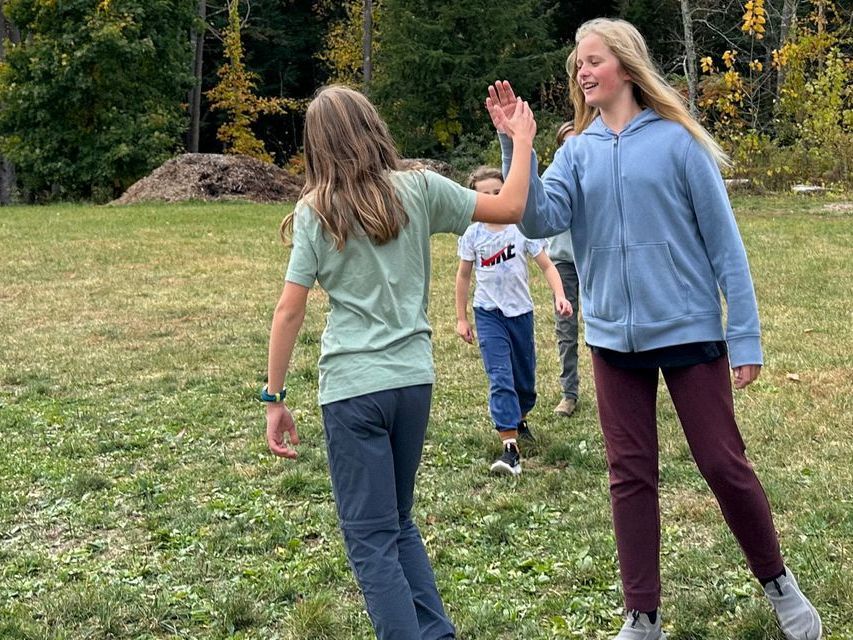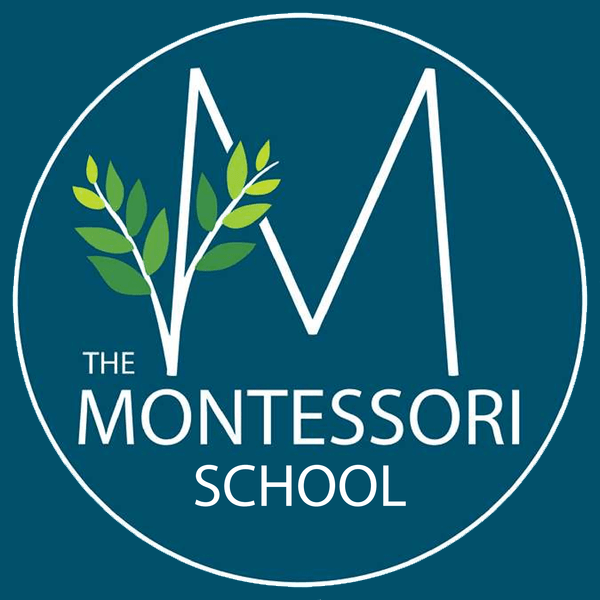Montessori 101
Meagan Ledendecker • March 30, 2020
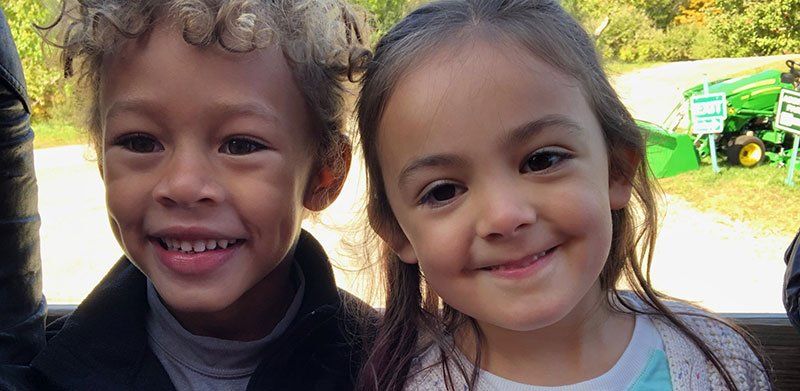
Are you new to Montessori? Have you had a child in our program for a while but find it difficult to explain Montessori in a nutshell? This educational philosophy is more than meets the eye, and it can be easy to get bogged down in the details when trying to explain it to someone. While we could talk about Montessori all day (and, let’s face it, we do!) sometimes it’s helpful to have a succinct article both to learn from and to share with others. Many people have heard of Montessori, but there are plenty of misconceptions and misinformation out there!
Check out our ten points that help explain what Montessori is really all about.
1. We follow the child. This means we don’t teach the same skill to a whole classroom of children at once. Each individual enters our school with different knowledge and levels of readiness, and it’s our job to help them along their own path. We don’t see education as a means of cramming identical prescribed information into the minds of each child, but rather as an opportunity to cultivate joyful learning, curiosity, and independence. Sure, there are basic skills that we all need to learn, but we don’t all learn them at the same time or in the same way. When children are allowed to learn at their own pace and take time to deeply explore their interests, they understand more and enjoy school more.
2. We value scientific observation.
Dr. Maria Montessori was a physician who conducted research. She used scientific observation to better understand how children learn and continued to use observation as she developed her methods and materials. Today, in every Montessori class around the globe, guides step back and watch the children in their classrooms. They notice what the children are doing, take notes, and adapt their plans accordingly. The data they collect drives individualized instruction.
3. Deep knowledge of child development informs every decision.
While we fully embrace each child as an individual, it’s fair to state that humans tend to follow a basic standard path of development. Montessori classified different stages of life as planes of development, and each plane is defined by specific characteristics. These planes are part of why we utilize multi-age classrooms, and they help us structure our classroom environment and tailor our teaching approaches so that they match where children are developmentally.
Dr. Montessori also developed a theory of sensitive periods. These are times in a child’s life where they are particularly primed to learn certain things. Montessori guides know approximately when to anticipate various sensitive periods and what to do to support that critical learning.
4. The environment is key.
We believe a well-prepared classroom environment is a better teacher than direct instruction from any adult. Our guides take great care to create a setting in which the children they serve are free to learn, to explore, and to develop independence and positive work habits. Our classroom environments are neat, spacious, full of natural light, and pleasing to the eye. We don’t hang distracting posters with loud colors on our walls, but instead display art and other carefully chosen pieces that will inspire the children and beautify the space. In a Montessori classroom you will see living things - both plants and animals - that the children admire and learn to care for. Even the furniture is arranged to serve the children instead of the adults.
5. We utilize freedom within limits.
The rumors are true: Montessori students are given a lot more choice than children in conventional school settings. But it’s important to note that the choice is given carefully and with plenty of forethought in order to cultivate independence while keeping children safe and guiding them to learn. One tip we like to offer parents who want to try this more at home is to give your child two choices that would both lead to desirable outcomes. This means you get to maintain order while they feel empowered by your trust in their ability to decide for themselves.
6. Our guides are specially trained.
A high-fidelity Montessori program will make sure all their guides are well-trained. Commonly accepted credentials are approved by two main organizations: AMI and AMS. It’s important to keep in mind that anyone can open a school and call it “Montessori”, but that doesn’t make it so. Guide training is rigorous, comprehensive, and is completed in addition to a college degree.
7. Our students use carefully designed learning materials.
Traditionally made of natural materials, our learning environments are outfitted with specially designed materials that help children learn and work independently. Guides demonstrate how to use each material, and children are then free to select if from a shelf to repeat as often as desired. Materials are autodidactic, meaning they generally have a built-in control of error. There is only one way to use a material correctly, and children are able to correct their own mistakes in the moment. Materials are designed to be more concrete when a child is younger, and move gradually toward more abstract concepts as they grow. With this progression, children are eventually able to work without the materials, but with strong mastery of concepts and skills.
8. Traditional academics are only one component of our education.
Adults are often amazed at the level of academics students learn at a young age in Montessori classrooms. We absolutely believe children are capable of more than most settings give them credit for, but it’s important to note that learning doesn’t stop there. We believe in educating the whole child, which means appealing to and supporting their growth socially, emotionally, and physically. There are specific structures in place to ensure this happens for each and every child.
9. Montessori should extend beyond the classroom.
Montessori began as a way to educate children, but it has become so much more. The basic principles can be applied by parents at home, and they can also be applied to the lives of adults. Some organizations are even taking a closer look at how Montessori might benefit elders and people living with dementia to lead richer and more independent lives. It’s all about meeting people where they are, celebrating individuality, and working to contribute our special talents to the greater good.
10. We honor century-old proven methods while embracing current research.
As Montessorians, we know what works. For over 100 years we have seen our methods support generations of children and families, so we make sure to preserve our methods and materials. That being said, the world is a rapidly changing place, and any good educator keeps an eye on current research to make sure it aligns with their practices, or to consider if changes might be beneficial to the children we serve.
Hopefully this article has given you a clearer understanding of Montessori philosophy and what makes our approach so special. Please feel free to reach out with any questions, and we hope you’ll share this with others!
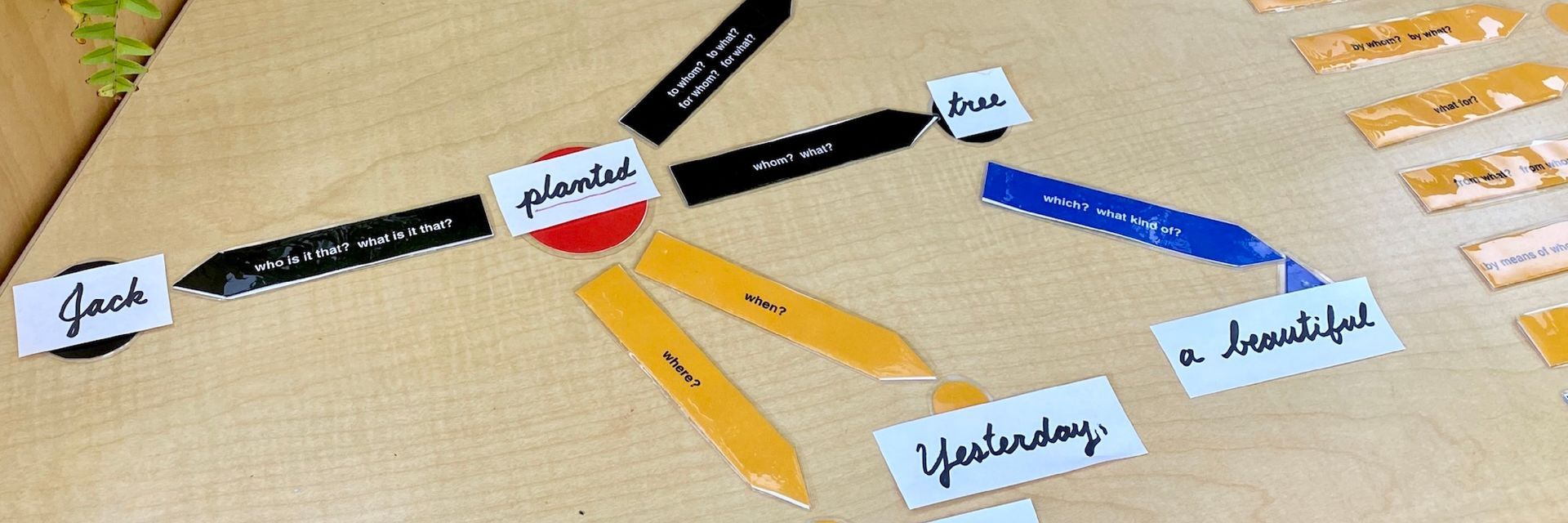
By Meagan Ledendecker
•
April 7, 2025
Did you know that the word "grammar" evolved from "glamour"? This linguistic connection reflects an ancient association between language and enchantment. When we introduce Montessori's sentence analysis work, we offer more than just a lesson—we present an enchanting gift! We regularly witness children falling in love with language as they uncover its patterns and structures. At the elementary level, children possess a reasoning mind, an active imagination, and a deep need for communication. The Montessori sentence analysis activities appeal to these characteristics, helping children connect as they creatively discover the underlying patterns of our language. Why Do We Teach Sentence Analysis in the Elementary? Children are natural pattern seekers. They love to identify and understand structures in the world around them, including language. We want them to fall in love with language. By engaging in hands-on grammar work, children develop an appreciation for the beauty of sentence construction. Sentence analysis provides clarity. Understanding sentence structure helps children write with greater precision and confidence. Analysis leads to synthesis. When children break down sentences, they gain the tools to build more complex and meaningful expression in their own writing. What Sentence Analysis Involves The elementary sentence analysis materials introduce a set of symbols (that correlate to what children have experienced with the Montessori grammar boxes and the symbols for parts of speech), along with color-coded arrows with questions on one side and grammatical names on the other. When breaking apart the parts of the sentence, children first identify what brings the sentence to life: the verb (predicate). To identify the subject of the sentence, children ask the questions from one of the arrows emanating out from the action: Who is it that? What is it? By answering those questions, the children are able to determine the subject. Let’s use a very simple sentence as an example: Josie jumped. The children first identify the action: jumped. They can underline this word in red and then can cut it out or tear it out in order to be able to place the word on the red predicate circle. Then they use the black arrows to answer the question: Who is it that jumped? Josie!
Contact Us
© 2024 The Montessori School of the Berkshires
PO Box 422, 21 Patterson Road, Lenox Dale, MA 01242
The Montessori School of the Berkshires (MSB) is a private independent coed school which inspires children to develop independent thinking, self-assurance, inner discipline, and a love of learning in an authentic Montessori environment nestled in the scenic Berkshire hills. We serve children in toddler, preschool, elementary, middle, and adolescent programs. MSB is an equal opportunity employer and provider. We do not discriminate on the basis of race, color, gender, religion, sexual orientation, disability, cultural beliefs, marital status, or ethnic origin in employment or the administration of admissions programs or policies.



